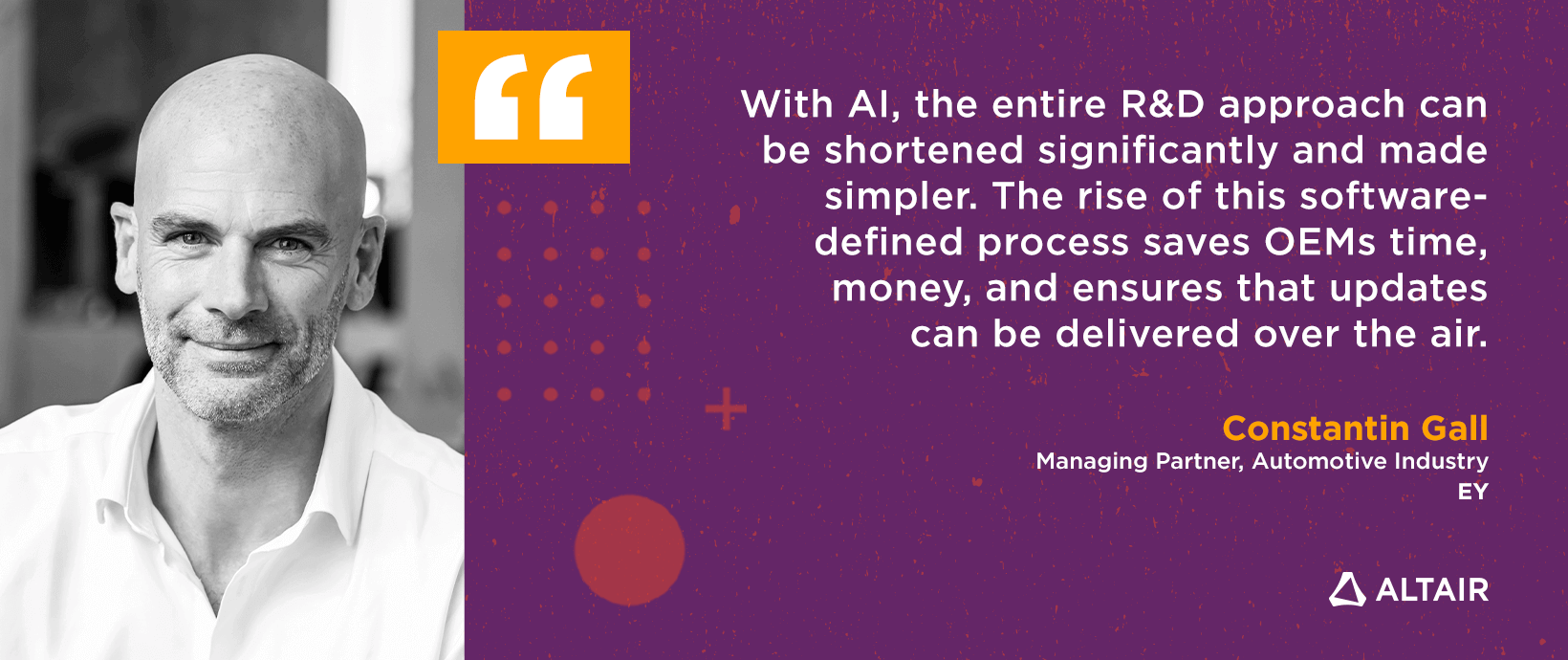Six Intake Questions for Healthier Healthcare Reporting
If you’re in need of a healthier reporting strategy, try asking the following six intake questions. They might just get your healthcare organization on the road to reporting recovery:
1. How much money do you have? There can be both short- and long-term financial benefits and side-effects to any reporting solution, so be sure you understand any fixed and variable costs such as those related to software licenses, maintenance, support, hardware, new and/or specialized resources (if needed) and training (both administrative and end user).
While single purpose, siloed healthcare applications may provide specialized treatments to specific reporting symptoms, a horizontal, self-service data preparation solution could be more cost-effective, provide the same results and be used to support additional reporting requirements. For example, one U.S. healthcare provider was seeking a way to ensure that only correct data was captured and transmitted as part of a claim. They began investigating a specialized claims-scrubbing software solution to detect and correct potential billing errors prior to submitting claims to insurers.
Rather than invest $30,000 in a single-purpose application, they turned to their existing self-service data prep solution to achieve the same results – extracting data from daily charge files that are flagged for review when they violate pre-set business rules – without buying yet another application. As a result of using self-service data prep, the healthcare provider submits clean data for all claim types, and has significantly reduced denial rates.
2. How much time do you have? Implementation time and effort are typically proportional to a solution’s cost. The duration of an enterprise-wide reporting solution project is usually longer, requiring more resources as compared to a self-service data prep approach which, in some cases, can be downloaded and put to use on the same day. The difference can be measured in months/years for an enterprise reporting solution vs. days/weeks for self-service data prep solutions. The biggest reason for the discrepancy is down to the time it takes to source and integrate the solution with disparate data sources.
3. What are the short- and long-term prognoses? Defining and measuring the benefits of a reporting solution should be a constant and ongoing focus for any healthcare organization. Depending on the solution, users can experience short-term side-effects such as improved access to data for a variety of user types, regardless of their IT or report-writing skills, which may lead to faster, more insightful analysis. One visible impact of self-service data prep in healthcare comes in the form of both a financial and environmental result: the drastically reduced volume and cost of thousands of printed, paper reports.
One healthcare organization ran at least 100 individual standard Meditech reports on a daily basis, with more reports produced weekly and monthly. Many of the reports had to be split apart, with different sections of each sent off to an assigned department. Not only was the printing, bursting, and hand-delivering of the thick Meditech reports a slow, expensive process, but the paper reports presented a challenge in terms of HIPAA demands. Sending a confidential report via interoffice mail introduced the potential risk of either having confidential data being delivered to the wrong person, or viewed accidentally in transit.
By using a self-service data prep platform, the organization was able to do away with paper-based reports, which saved them an estimated $25,000-$30,000 in annual savings in paper and printing costs and increased their data security and compliance.
4. Is your pain localized or widespread? While it may be tempting to look for a specific cure for one immediate problem, it’s sometimes useful to ask around to see if anyone else in the organization is experiencing symptoms similar to yours, such as an inability to access critical system data without IT intervention or errors resulting from manual re-keying of information.
One large healthcare organization faced this issue when it realized managers needed to gain better visibility within their departments and streamline report distribution and analysis requirements. Realizing that access to data was an organization-wide epidemic, they turned to self-service data prep not just to serve up data, but also to archive and distribute reports and provide a solution for data analysis that didn’t require programming. Additionally, they were able to combine data from existing reports with complementary data stored in a separate database. Providing their users with secure, web-based access to reports and the data they needed has had a positive impact on the reporting health of the entire organization.
5. Do you need to see a specialist? The proper blend of clinical, business, financial and IT knowledge, combined with a deep understanding of the principles and power of reporting are difficult to find in one organization. As a result, vendors, consulting firms and independent contractors are often brought in to manage reporting projects because of their specialized knowledge in healthcare reporting, applications or technologies. But this approach can come at a cost with a solution that is not easily replicated elsewhere in the organization.
A regional healthcare company employing more than 14,600 people, with total assets of $1.9 billion, wanted to more effectively manage the operations and spending requirements of each department within multiple healthcare sites. The organization realized operations management was needlessly more complex when line of business managers and workers had to struggle to get the information and data they needed to do their jobs. They didn’t want to invest in specialized consultants that could only solve siloed problems, so they opted for a self-service data prep solution which resulted in optimized data access across all departments.
6. What are your options for accessing high-quality information? The success of all reporting initiatives is measured not just in terms of dollars and cents or by how well an organization adheres to project timelines and milestones, but also by focusing on the value and insight gained from the data. To gain unprecedented insight and knowledge about trends, patterns, and anomalies within healthcare data, organizations must ensure that the source data are of the highest possible quality. For this reason, self-service data prep has become the primary reporting approach since it utilizes existing and trusted reports that are already in production today.
One healthcare organization selected self-service data prep to solve their data quality problem resulting from a significant amount of manual rekeying of data across departments. Their users were hand-typing data from Meditech paper reports into an Excel spreadsheet, just so they could work with the data in a meaningful way. Self-service data prep fulfilled their need for paperless, secure report distribution, plus provided the ability to analyze report-based data without rekeying or programming.




